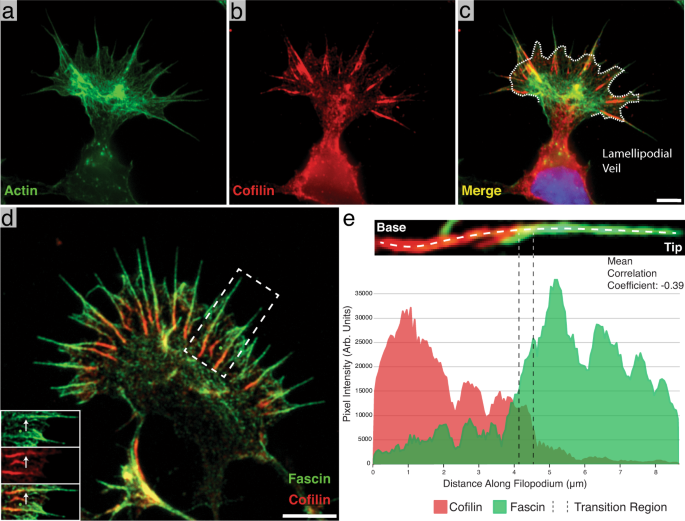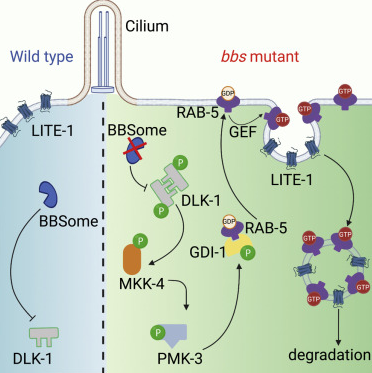神経細胞の運動におけるコフィラクチンフィラメントの重要性を確認する新しい研究により、神経再生治療薬の開発につながる可能性があることを発見 New research confirming the importance of cofilactin filaments in neuronal movement could inform the development of nerve regeneration therapeutics
2022-06-08 ペンシルベニア州立大学(PennState)
<関連情報>
- https://www.psu.edu/news/research/story/multi-scale-imaging-confirms-proteins-role-neuronal-structure-dynamics/
- https://www.nature.com/articles/s41467-022-30116-x
コフィラクチンフィラメントによる神経成長円錐のフィロポディアル構造とダイナミクスの制御 Cofilactin filaments regulate filopodial structure and dynamics in neuronal growth cones
Ryan K. Hylton,Jessica E. Heebner,Michael A. Grillo & Matthew T. Swulius
Nature Communications Published:04 May 2022
DOI:https://doi.org/10.1038/s41467-022-30116-x

Abstract
Cofilin is best known for its ability to sever actin filaments and facilitate cytoskeletal recycling inside of cells, but at higher concentrations in vitro, cofilin stabilizes a more flexible, hyper-twisted state of actin known as “cofilactin”. While this filament state is well studied, a structural role for cofilactin in dynamic cellular processes has not been observed. With a combination of cryo-electron tomography and fluorescence imaging in neuronal growth cones, we observe that filopodial actin filaments switch between a fascin-linked and a cofilin-decorated state, and that cofilactin is associated with a variety of dynamic events within filopodia. The switch to cofilactin filaments occurs in a graded fashion and correlates with a decline in fascin cross-linking within the filopodia, which is associated with curvature in the bundle. Our tomographic data reveal that the hyper-twisting of actin from cofilin binding leads to a rearrangement of filament packing, which largely excludes fascin from the base of filopodia. Our results provide mechanistic insight into the fundamentals of cytoskeletal remodeling inside of confined cellular spaces, and how the interplay between fascin and cofilin regulates the dynamics of searching filopodia.


